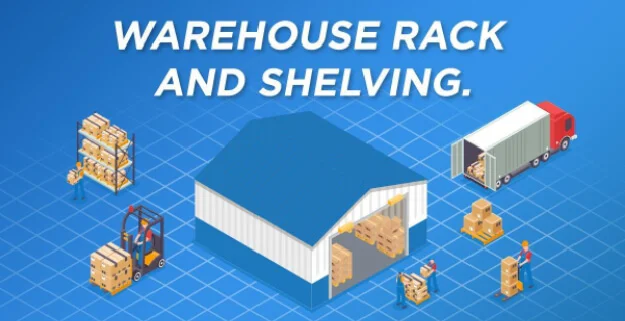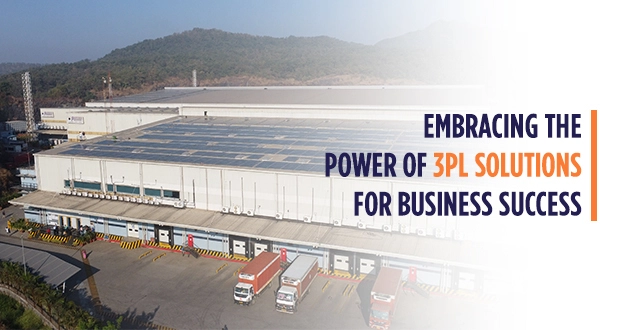
Warehouse Rack and Shelving
Warehouse racking is an essential aspect of storage and distribution companies in India that may either slow or speed up warehouse operations. Warehouse managers may maximize space and improve warehouse structure for efficiency and a simplified picking process using efficient warehouse racking
A warehouse racking system is a storage solution that stacks things horizontally in many levels in horizontal rows. These systems may aid in the management and better use of your warehouse space and the organization of cargo to simplify operations. Every warehouse has its own set of standards. The ideal racking system should maximize space utilization while minimizing disruption to your activities, particularly the picking process.
Warehouse racking systems, often known as pallet racks or material handling systems, come in various shapes and sizes. Pallets or skids made of wood, metal, or plastic are integrated with bigger racking systems of shelves at multiple levels.
Here are a few warehouse racking types that storage and distribution companies in India may incorporate to enhance their overall efficiency.
Vertical storage
It's a cost-effective method to save space at your facility and enhance the storage capacity. You can efficiently level up the workflow, product visibility, and numerous other features. Enhancing the floor space is one of its key benefits. Not only does it open up the room for more storage but also helps the facility workers to detect products easily. It significantly reduces workplace hazards too. When a facility’s space is free of clutter and doesn’t have overloaded racks, the risk of a workplace mishap goes considerably down.
Selective Racks
Selective racks, the most typical racking method, allow access from an aisle. Narrow aisle racking, conventional systems, and deep-reach systems are all possible with these warehouse racking systems. Selective racks need tiny lift trucks and can only hold one pallet at a time.
Drive-In and Drive-Through Racks
Drive-in and drive-through racks are perfect for high-density storage. Constructed of steel in most instances, these warehouse racking systems offer enough room for a forklift to maneuver into its bay. Drive-in racks only have one entrance and exit, whereas drive-through racks allow access from both sides of the bay. Consequently, drive-in racks are well-suited to the last-in, first-out (LIFO) method, famous for nonperishable or low-turnover items. On the other hand, a drive-through system necessitates a first-in, first-out (FIFO) method.
Push Back Racking Systems
Push-back racking systems are often used for bulk storage and hold products that span 2-5 pallets. When a pallet is placed into the system, the following pallet is pushed back, and when a pallet is removed, it is pushed forward. The LIFO method is used in push-back racking systems, including inclined rails, sliding carts, and multiple lanes.
Flow Racks
Flow racks often called gravity racks, are widely used for high-density storage. Using a FIFO method, products are loaded at the upper end and withdrawn at the lower end of this warehouse racking system. As the racks flow with loading and unloading, product rotation becomes automated. Flow racks have gravity rollers that move with the rack load and are equipped with brakes or speed controls to control item movement. Flow racks benefit from not requiring electricity to operate since they are powered by gravity.
Multi-tier Racks
Warehousing efficiency may be increased by strategically placing racking and shelves. Manual shelving-based multi-tier setups are easy to set up, and the cost is a fraction of what an automated system would cost. However, like automated storage and retrieval systems, they make efficient use of otherwise unused 'airspace' in a warehouse to give a lot of storage space in a short capacity.
Conclusion
Both racking and shelving are essential in a warehouse because they maximize storage space, ensure the safety of both products and staff, improve warehouse accessibility, and improve management. Furthermore, with increased demand from consumers and suppliers, storage and distribution companies in India must be well prepared to do the picking. Racking and shelving are sometimes underestimated, but a warehouse may substantially enhance its capacity for an ever-increasing workload with the right arrangement in place.For added efficiency, consider exploring inventory management solutions and value-added services that complement your racking systems.


